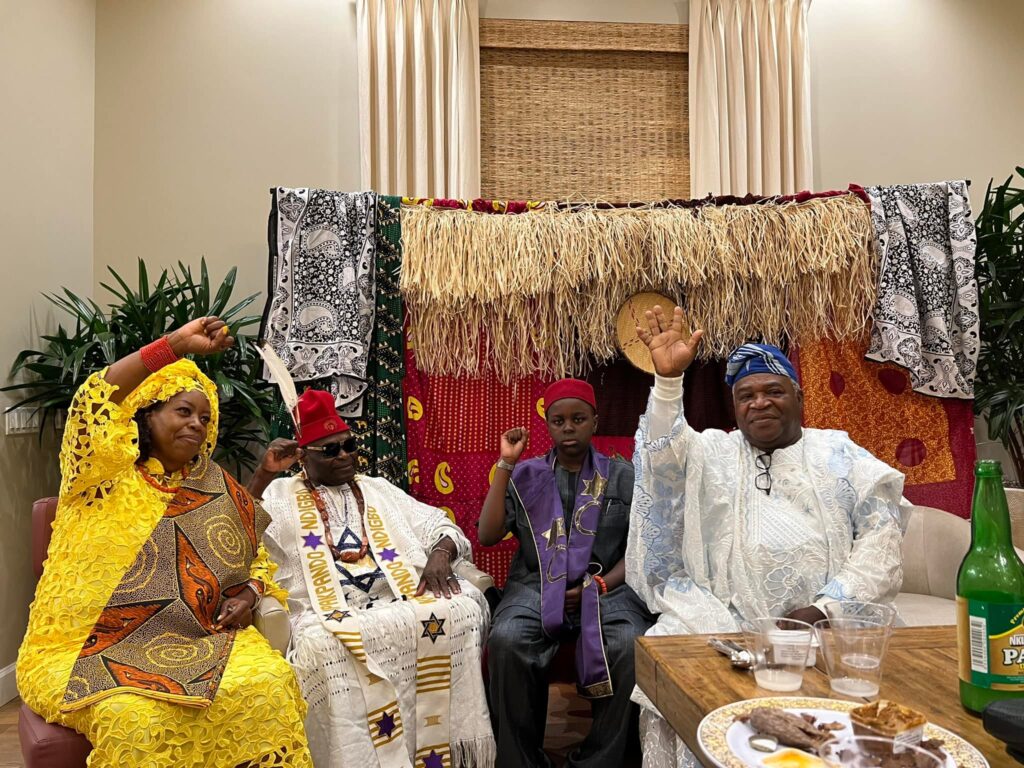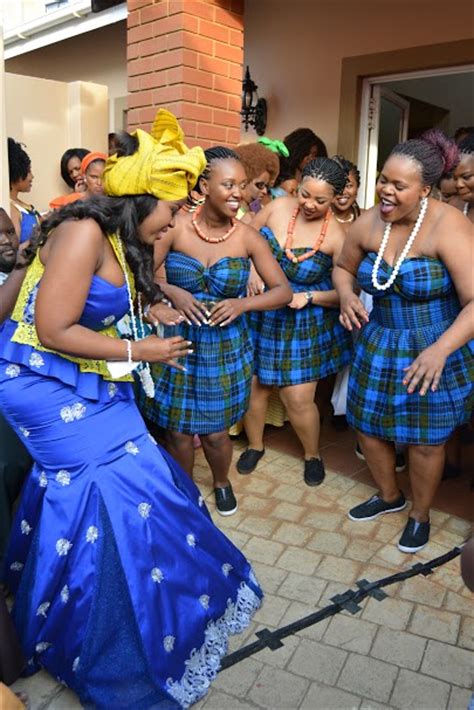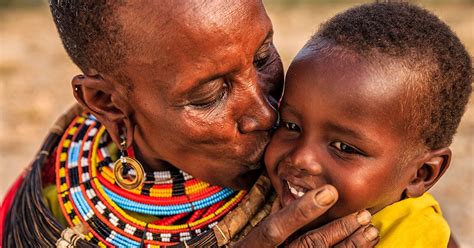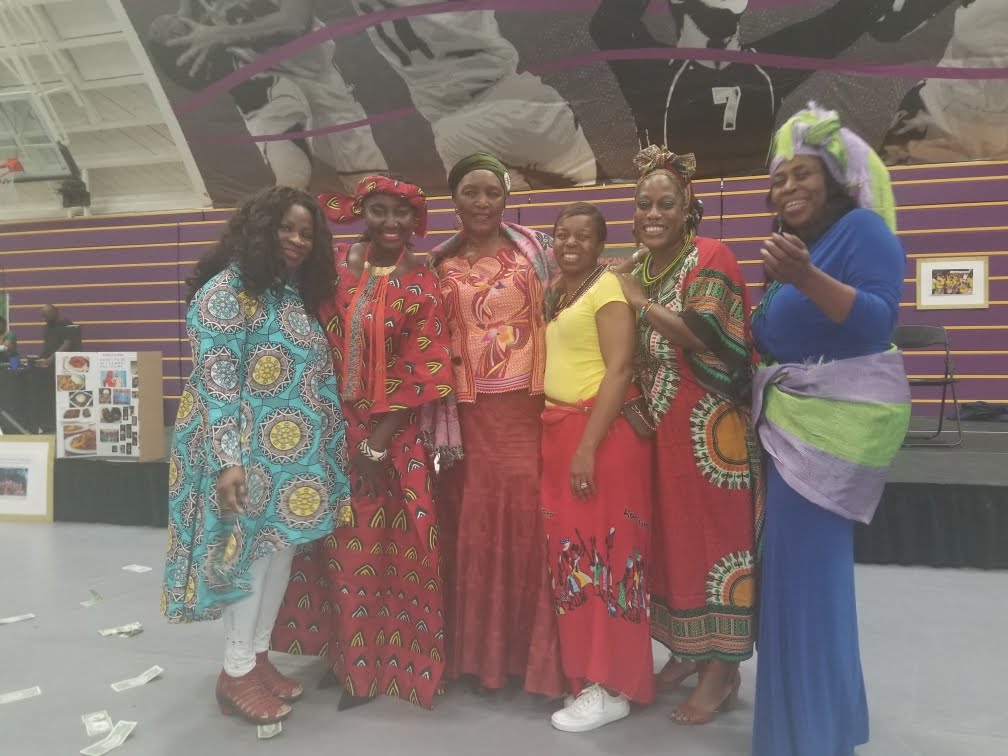
The Black History Month hasn’t been around for very long, believe it or not. Officially recognized by American presidents in the 1970’s, some communities and individuals had been celebrating African American contributions to our society and the world as early as the 1920’s, but because much of the 20th century was mired in racial prejudice and the Civil Rights Movement, country-wide recognition didn’t happen until fairly recently.
Our society celebrates Black History Month to honor the accomplishments and contributions made by African Americans. However, in 2021, some people might be tempted to perceive our society as having changed too much, and to view Black History Month as unneeded or irrelevant. Despite our country’s tremendous progress over the decades, our work as a nation is far from over, and we must never forget the past.
The Importance of Celebrating Black History Month
Lonnie Bunch, Founding Director of the Smithsonian National Museum of African American History and Culture, said in his blog that “there is no more powerful force than a people steeped in their history”, and that there is “no higher cause than honoring our struggle and ancestors by remembering”. In his article, Bunch argues that Black History Month is just as important today as ever before because it preserves the memory of the past as well as the culture of an entire group of people. Moreover, it empowers members of that culture to retain their traditions while continuing to make a positive difference in the world.
Overall, teaching our children about Black History Month and about the many important African American influencers and contributors continues to move our society forward. Essentially, we are raising kids who will one day grow up and contribute to our society, hopefully in a positive way. By teaching them to respect the history, culture, and accomplishments of African Americans, they will be more aware and ultimately more tolerant of everyone within our highly diverse country.
Why is Black History Month Celebrated in February?
You might have asked yourself out of curiosity: why is Black History Month in February? In fact, from whom or where did Black History month originate? To answer this, we must engage in a brief lesson in history.
It all began with historian Carter G. Woodson, who began what he called Negro History Week in February of 1926. He was a driven and passionate person who believed that all children should be educated about African American history. Woodson’s entire purpose was to educate and highlight African American culture, and also to fight for equality through the positive celebration of black heroes.
The reason why he chose February was because the second week of February was birthday to both President Abraham Lincoln, and abolitionist Frederick Douglass. Along with Woodson’s work to create a week to celebrate black history, the 1920’s brought with it a heightened interest in black culture, such as was seen in the Harlem Renaissance. In combination with movements throughout the United States, the idea of taking a period of time to celebrate black history began to catch on in many communities.
How to Celebrate Black History Month at Home
It’s important to remember that the following ideas can be done throughout the year, and not just in February! As Americans, we should work to honor their contributions all the time. Sometimes, however, it’s important to take time out to focus and remember the purpose of doing that, which makes February a great time, too. Try the following ideas to reinforce Black History Month and its importance with your kids:
Check out the local children’s museum
If you live near a large city, chances are it has a children’s museum. If that’s the case, and even if you have already visited the museum with your children before, check out the exhibits and programming it has available for the month of February. Many children’s museums offer themed days or special exhibits to honor holidays and Black History Month is no exception!
Study African American culture and recipes
One of the best ways to get to know a culture is by making and enjoying their food! Take a dive into African-inspired cuisine and find dishes to try with your family. Decide upon a few recipes to make with your child and encourage him or her to get in on the fun making the dish with your guidance! Try to make one meal per week throughout the month to celebrate African American culture.
Study influential African Americans based upon your child’s own interests
For example, does your child love music? Art? Or reading? Whatever it is your child is passionate about, honor Black History Month by using it as a catalyst to study black culture. For example, if your child is musically inclined, talk about jazz and listen to Duke Ellington or Miles Davis. If your child loves to read, find children’s books authored by or about African Americans. For older kids, read and discuss poems by Langston Hughes or Maya Angelou.
Check out other local kid-friendly events in your town
Many public libraries, museums, and playhouses offer classes, story time events or other activities based upon topic. There’s no doubt that there is something happening in your area to celebrate Black History in February. Go see a play, or view African American art. Use the web to check out your local venues and programming to plan your month!
Ways to Celebrate Black History Month in the Classroom
If you’re a teacher, you know how important and valuable it is to tie Black History Month lessons in with your curriculum. Try the following fresh ideas for schools to help your students honor African American history.:
Turn your classroom into a museum
Create a project and instruct students to study a prominent figure in black history. Give students a list of notable figures that they probably haven’t heard of before but have fascinating backgrounds and history. Some examples include Dr. Daniel Hale Williams, who invented the open-heart surgery in 1893, or Jean-Michel Basquiat, a brilliant artist who invented graffiti. Allow students to research their chosen figure and create an “exhibit” that can be showcased in your classroom. Make space in the classroom for students to set up their exhibits and display them for the school. Invite other classes and task kids with explaining their exhibit to others. Make it even more fun by encouraging kids to dress up!
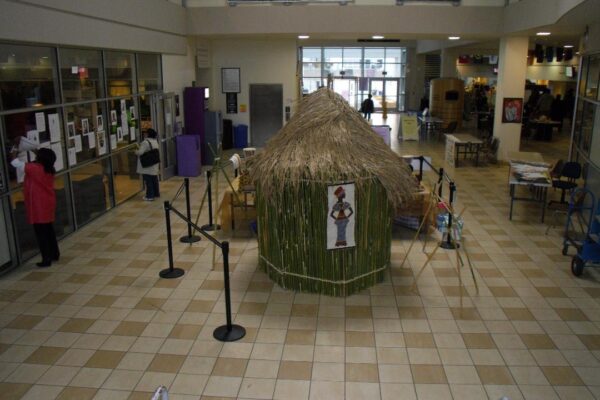
Black History Month Celebration Ideas
Celebrate Black History Month with these twenty-eight ideas, one for each day of February, that recognize the heritage, accomplishments, and culture of African Americans in the United States.
Share with students “I, Too” by poet Langston Hughes and have a discussion about the poem’s vocabulary, rhythm, and meaning.
Bake sweet potato biscuits, a traditional soul food treat, with this delicious recipe.
Learn How the Blues Moved the Civil Rights Movement, listen to the blues, and then invite students to compose their own 12-bar blues music.
Conduct a read-aloud of Dr. Martin Luther King Jr.’s famous “I Have a Dream” speech, then invite students to write their own speeches about what they are inspired to change in the world.
Play the African counting game Mancala. To make the game board, use a large egg carton (cut off the lid) and tape an extra cup (cut from another carton) to each end.
Learn about Jim Crow Laws and other historical events, such as the Emancipation of Slavery.
Watch this oral history of legendary bluesman Bobby Rush, King of the Chitlin’ Circuit during the Jim Crow laws era.
For older students, read and/or watch The Hate You Give. Have a discussion lead by the author’s discussion questions.
Share excerpts of contemporary novelist Zadie Smith’s On Beauty with students and, using the reading guide, have a discussion about her portrayal of white and black middle-class kids in America.
Teach about the importance of journalism as well as its limitations during the Civil Rights Movement.
Watch student-made digital stories on important African Americans. Divide students into groups to make their own digital stories about a person of their choice.
Teach students the songs of the civil rights movement, such as “This Little Light of Mine” and “Oh, Freedom.” Discuss how the lyrics reflect the defiant and hopeful spirit of the time.
Trace the history of the blues from its beginnings in the fields of the South to its global impact on today’s music. Visit the National Blues Museum to learn about B. B. King and other musicians.
Teach students about director, producer, writer, and actor Spike Lee, a successful and prolific African American filmmaker.
Tour the Griot Museum of Black History and learn about the role St. Louis had in the Dred Scott Case at the Field House Museum.
Read about Frankie Freeman, Civil Rights icon. Have your students write about we are currently in regard to race relations and racial diversity.
Read “A Pledge to Rescue Our Youth” by poet Maya Angelou. Then, watch a video about her inspiration for this profound piece on youth and education.
Learn about the history of hip-hop music, a genre that emerged in the Bronx, New York City, in 1970. Ask students to bring in examples of their favorite songs or dances to discuss.
Teach students about Nelson Mandela, his imprisonment, and the battle to end apartheid in South Africa.
Visit the Shelley House of Shelley v. Kraemer. Ask your students: Does the enforcement of a racially restrictive covenant violate the Equal Protection Clause of the Fourteenth Amendment? In Africa, sesame seeds bring good luck. Make a delicious batch of sesame cookies with this recipe.
Watch Modern American Dance Company’s Freedom, inspired by Henry Hampton’s The Eyes on the Prize civil rights media collection that is housed at the Film and Media Archive at the Washington University Libraries. Have your students choreograph their own dance.
Watch Christopher Paul Curtis, a winner of the Newbery Medal, give advice to young authors.
Learn about the scientific work of African Americans with these Black History Month resources from the American Association for the Advancement of Science.
Read excerpts from President Barack Obama’s The Audacity of Hope (or his Audacity of Hope speech) and discuss the importance of the election of our country’s first black president.
Who was the first African American tennis player to win the U.S. Open? Who was the first African American woman elected to U.S. Congress? Find out about many famous firsts in black history on Biography.
Take an online tour and learn about St. Louis’ impactful history in the African American struggle for civil rights at The Missouri History Museum.
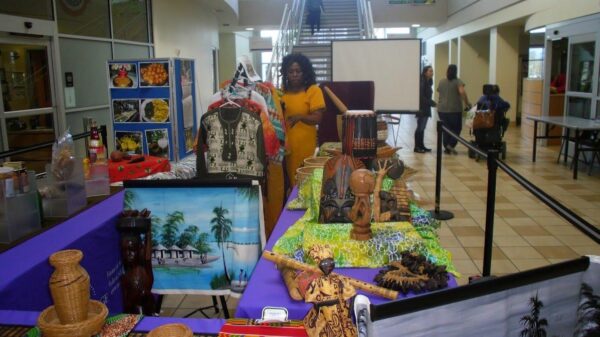
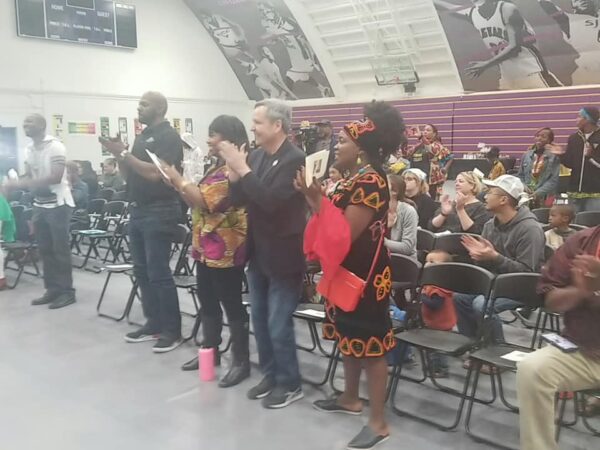


.
